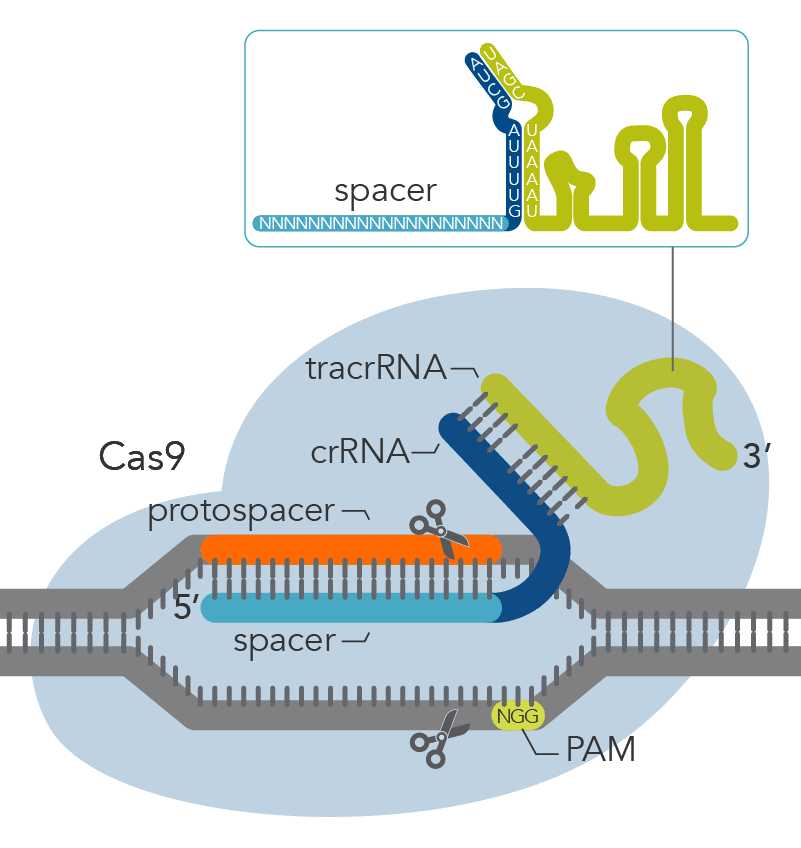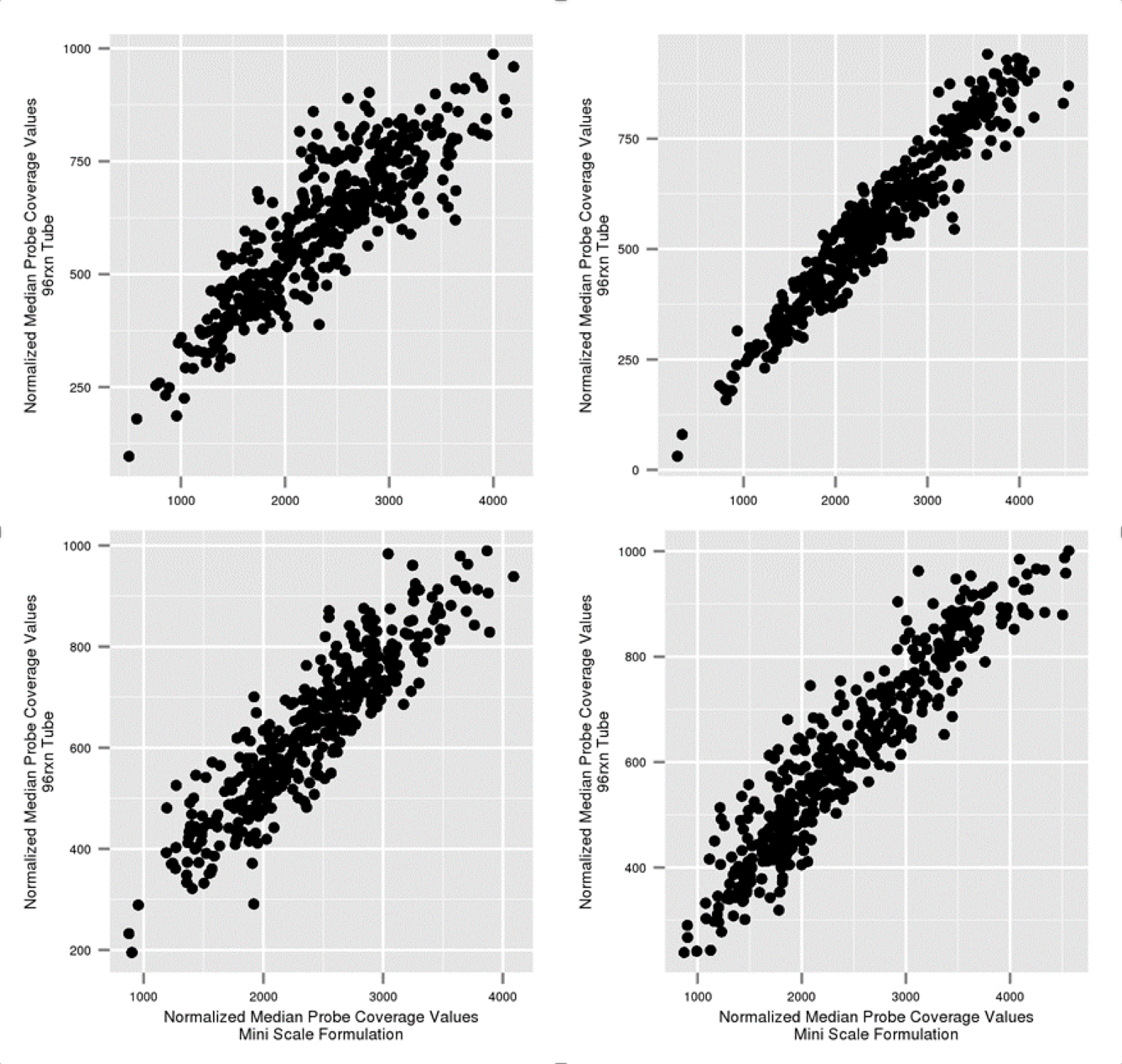Do you know these 5 common alt splicing modes?

What is alternative splicing?



Alternative splicing is a process that generates multiple transcripts from a single gene. Genes, of course, store all of an organism’s genetic information and are the primary content of the genome. This process has multiple benefits, chief among them being the ability to encode a variety of proteins and phenotype traits using a single gene.
Alternative splicing definition
Alternative splicing, which is also known as alternative RNA splicing, is an alternative splicing process conducted during gene expression that allows one gene to code for multiple proteins. In alternative splicing, particular gene exons can be included or excluded from the final messenger RNA (mRNA) that is produced from the gene. This results in exons that are connected in different mRNA strands in different combinations, and means that the proteins translated from alternative mRNAs will contain different amino acid sequences and different biological functions.
How does alternative splicing work?
The characteristics of an organism are determined by the information coded in DNA. A gene is part of the DNA that contains the instructions for making proteins. A closer look at a gene shows that it has two types of regions: intron and exon sequences. The information stored in a gene is transcribed from DNA into an mRNA through the process of transcription. During this process, introns are removed from the final mRNA protein transcript before they can be translated into a protein; the resulting remaining exons must then be joined through RNA splicing to produce a mature mRNA and set off the translation of a functional protein. Exons and introns can be spliced in different combinations and can give rise to different mature mRNAs from a single pre-mRNA. This process is called alternative splicing.
When was alternative splicing discovered?
In 1977, two groups of scientists first described alternative splicing. Splicing in transcripts from a gene was described in 1981, and additional examples were tested through the first half of the 1980s. Subsequent discoveries focused on splicing in immunoglobin transcripts in mammals, and other tests have focused on alternative splicing in eukaryotes. More recently, in 2021, Westergren, et al. made notable findings about the adenovirus type 2 genome—in which alternative splicing was first found.
Why is alternative splicing important?
Alternative splicing means that it is possible to regulate the generation of multiple mRNA and proteins from a single gene. Stated differently, alternative splicing shows how just one gene can generate more than one mRNA transcript. Different organisms contain different numbers of introns, which can take up a large amount of the content in their DNA. Advances in next generation sequencing have made studying genome-wide alternative splicing easier, and alternative splicing has been associated with a significant percentage of human hereditary diseases, such as Parkinson’s, and cancers.
What are the modes of alternative splicing?
There are five standard modes of alternative splicing. They include:
- Exon skipping: An exon is spliced out or retained from the primary transcript
- Mutually exclusive exons: One of the two exons is retained in an mRNA after splicing
- Alternative donor site: An alternative 5’ splice junction, or donor site, is used, which changes the upstream exon’s 3’ boundary
- Alternative receptor site: An alternative 3’ splice junction, or receptor site, is used, which changes the downstream exon’s 5’ boundary
- Intron retention: A sequence is spliced out of or retained from an intron
Additionally, there are two other modes of alternative splicing: multiple promoters and multiple polyadenylation sites. The most common mode of splicing in mammals is exon skipping.
Tools needed for alternative splicing
IDT provides a number of tools and solutions for researchers engaged in alternative splicing. Some include:
- xGen™ NGS RNA Library Preparation: The xGen library prep kit ensemble includes the RNA Library Kit for higher inputs and the Broad-Range RNA Library Prep Kit for low inputs.
- Antisense oligos: Antisense oligos (ASOs) can be designed to investigate the role of alternatively spliced mRNA. ASOs’ primary function are to induce gene silencing.
- xGen NGS Library Preparation and adapters: Solutions that include tools for alternative splicing designed to save researchers time and money while improving yields.



